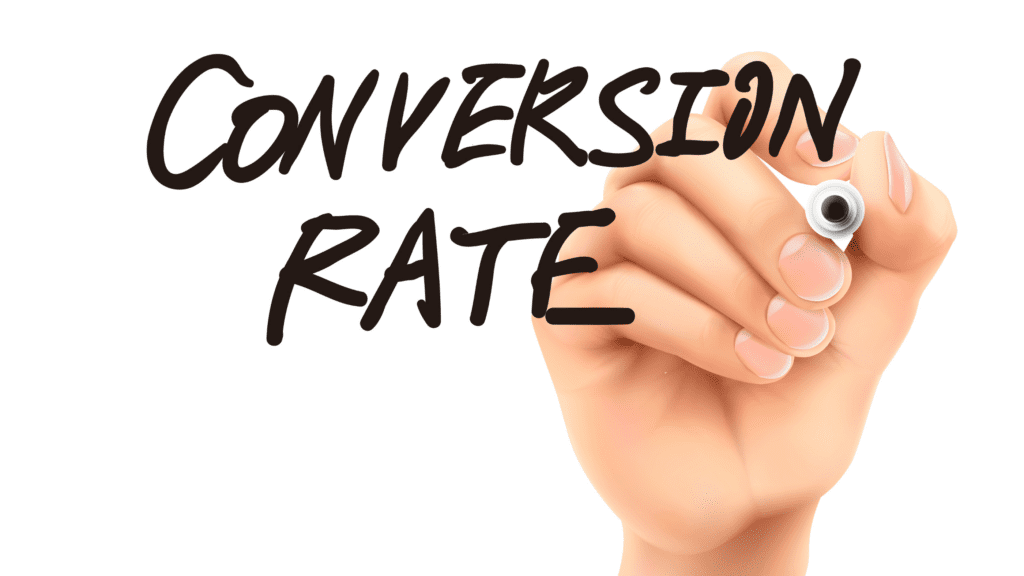Plastic surgeons and cash-pay healthcare practices operate in a fast-paced, competitive environment where patient acquisition and retention are critical for success. Unlike traditional medical practices, cash-pay models demand tailored marketing and streamlined systems to engage with patients effectively. Every missed opportunity—a delayed response, an unqualified lead, or a neglected follow-up—translates into lost revenue.
Artificial intelligence (AI) is changing the game by offering automated tools that help practices manage leads, qualify potential patients, and guide them seamlessly through the decision-making process. This blog explores how AI tools are transforming the way plastic surgeons and cash-pay practices handle patient conversion, creating a more efficient, scalable, and patient-centered approach.


Challenges in Patient Conversion for Plastic Surgeons
Converting potential patients into booked consultations—and ultimately into completed procedures—is no easy task. Plastic surgeons and elective healthcare providers face unique challenges, including:
- Decision Fatigue Among Patients: Patients considering cosmetic procedures often spend weeks or months researching their options. Without the right follow-up or engagement strategies, many inquiries go cold.
- High Expectations for Customer Service: Patients paying out of pocket expect timely communication, clear information, and personalized service from the first interaction.
- Unqualified Leads Overwhelming the System: Not every inquiry represents a patient ready to commit. Sorting through unqualified leads to find the ones most likely to convert is time-consuming and labor-intensive.
- Competition in the Market: With more practices vying for the same pool of patients, standing out in a crowded marketplace requires a modern, tech-savvy approach.
AI tools are purpose-built to tackle these challenges, offering plastic surgeons a way to optimize their lead management and focus on the most promising patients.
How AI Revolutionizes Patient Conversion
AI is reshaping the patient acquisition and conversion process by automating repetitive tasks, offering personalized engagement, and delivering data-driven insights. Here’s how it works:
1. Lead Qualification and Prioritization
One of the biggest hurdles for practices is distinguishing between qualified and unqualified leads. AI-powered systems can analyze inquiries in real-time, scoring each lead based on factors such as:
- Procedure interest (e.g., rhinoplasty, breast augmentation, or liposuction).
- Financial readiness (e.g., mentions of financing or cash payment options).
- Geographic location.
By automating this process, practices save valuable time and ensure that high-priority leads are followed up on quickly.
2. Automated Follow-Ups for Timely Communication
Patients expect near-instant responses, especially when they’re considering elective procedures. AI tools like chatbots and automated email workflows ensure every inquiry receives a response, even outside office hours. For example:
- Leads interested in tummy tucks can receive a personalized email with procedure details, recovery information, and consultation availability.
- Follow-up reminders can be sent via SMS or email to encourage patients to book consultations or complete forms.
3. Personalized Patient Engagement
AI systems excel at creating tailored experiences for patients. By analyzing a lead’s behavior—such as the pages they’ve visited on your website or the questions they’ve asked—AI tools can deliver personalized communication that resonates with each patient’s unique needs.
- Prospective patients researching facelifts may receive a curated list of blog posts about recovery tips and results.
- Leads interested in minimally invasive procedures may be offered discounts or bundled packages for services like Botox and fillers.
4. Streamlined Consultation Processes
AI doesn’t just optimize lead management—it also ensures that your team is fully prepared for consultations. Before meeting with a patient, your staff can access detailed profiles generated by AI systems. These profiles include:
- The patient’s procedure of interest.
- Their budget or financing needs.
- Any concerns they’ve expressed during their inquiry.
Having this information at hand allows your team to provide personalized and efficient consultations, increasing the likelihood of conversion.
5. Data Insights for Continuous Improvement
AI tools provide practices with valuable analytics, helping them identify trends and refine their strategies. Key metrics include:
- Lead response times and their impact on conversion rates.
- The most popular procedures among leads.
- Drop-off points in the patient journey.
Armed with this data, practices can continuously improve their processes and better allocate their resources.
Strategies to Optimize Patient Conversion with AI
AI offers powerful tools but using them effectively requires strategy. Here are some practical ways to optimize your patient conversion process:
1. Build an Engaging Online Presence
Your website and digital presence often serve as the first point of contact for potential patients. AI tools can help improve the user experience by offering:
- Chatbots to answer questions in real time.
- Intelligent call-to-action placements to guide visitors toward booking a consultation.
- Content recommendations based on a user’s browsing history.
2. Automate Pre-Consultation Processes
Streamline the pre-consultation phase by using AI-powered forms and scheduling tools. Patients can input their information, select their desired procedure, and book consultations directly from your website.
3. Nurture Leads with Drip Campaigns
Not all leads are ready to book immediately, but that doesn’t mean they should be forgotten. Use AI-driven email or SMS campaigns to stay in touch with prospective patients, offering valuable content such as:
- Procedure FAQs.
- Financing options.
- Testimonials from previous patients.
4. Track and Optimize Conversion Metrics
AI systems make it easy to monitor key performance indicators (KPIs) for your practice. Regularly analyze metrics such as:
- Conversion rates from inquiry to consultation.
- Average response times to new leads.
- The ROI of marketing campaigns.
5. Embrace Predictive Analytics
AI-powered predictive models can forecast which leads are most likely to convert. This allows your team to focus their efforts on high-value prospects and maximize their time.
The Impact of AI on Plastic Surgery Practices
Plastic surgeons who adopt AI tools are seeing measurable improvements in both efficiency and revenue. By automating repetitive tasks, reducing response times, and personalizing patient engagement, practices can focus on what truly matters—delivering exceptional patient care.
Patients, too, benefit from this approach. They experience faster, more responsive service and receive communication tailored to their specific interests and needs. This builds trust and increases the likelihood that they’ll choose your practice for their procedure.
Moving Forward with AI
AI has evolved from a buzzword into an essential tool for practices that want to stay competitive in a rapidly changing market. For plastic surgeons and cash-pay practices, it’s no longer about simply generating more leads—it’s about building a system that efficiently qualifies, nurtures, and converts those leads into loyal patients.
Adopting AI technology doesn’t just streamline operations; it creates a more patient-centered experience, which is critical in today’s competitive healthcare landscape.Get Ahead of the Competition:
If your practice is ready to embrace AI-powered patient conversion, Elite Med Listings’ Pace Sales Management System is here to help. Our advanced tools are designed specifically for plastic surgeons and cash-pay practices to optimize lead qualification and boost patient engagement. Contact us today to learn how we can help your practice grow



